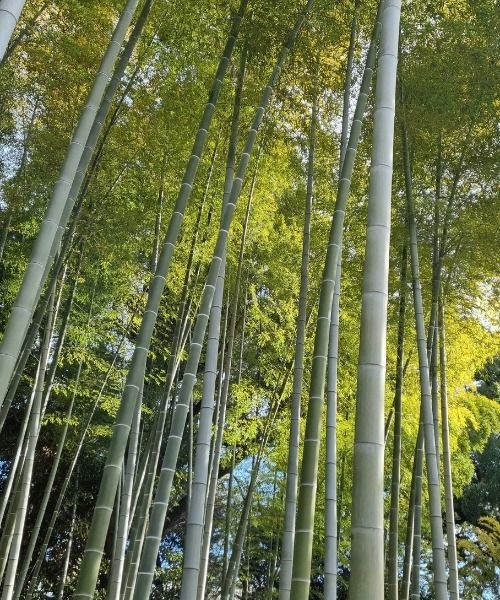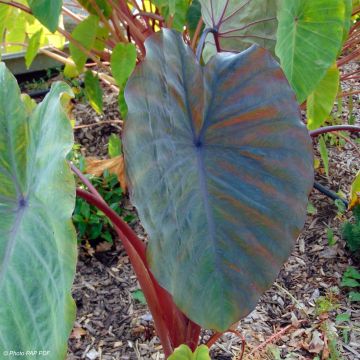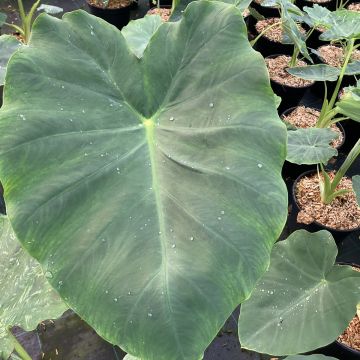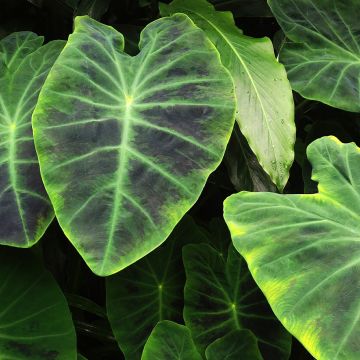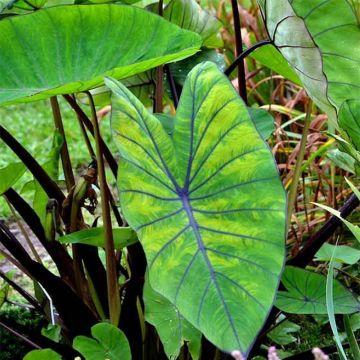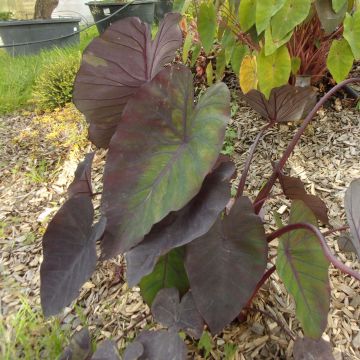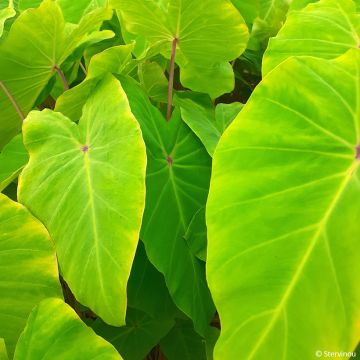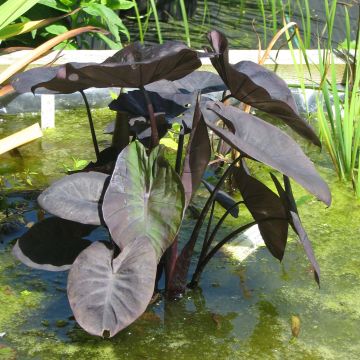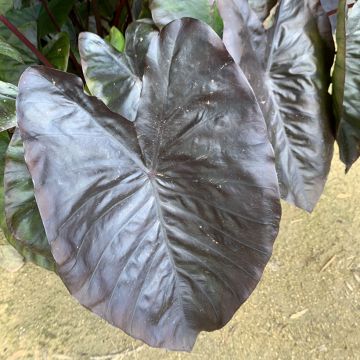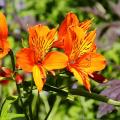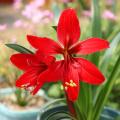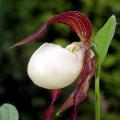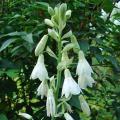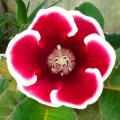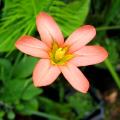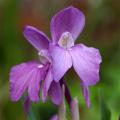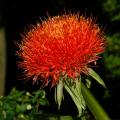Colocasia
Does this plant fit my garden? Set up your Plantfit profile →
Available in 1 sizes
Available in 2 sizes
Available in 2 sizes
Available in 2 sizes
Available in 2 sizes
Available in 3 sizes
Available in 2 sizes
Available in 1 sizes
Available in 2 sizes
Available in 2 sizes
Available in 3 sizes
Available in 1 sizes
Available in 1 sizes
Available in 1 sizes
Available in 2 sizes
Available in 1 sizes
Available in 1 sizes
Available in 1 sizes
Available in 1 sizes
Available in 1 sizes
Colocasia, commonly called Elephant Ear, Taro, Chinese Cabbage or Madère, is a bulb from the Araceae family, native to tropical and humid regions of Asia. In this cousin of the Alocasia, one can only admire the immense and peltate leaves carried by long petioles, remarkably ornamental and strongly imbued with exoticism. Colocasia esculenta, originally cultivated for its edible and starch-rich tuber, now comes in many desirable varieties, each more desirable than the other: their foliage is beautifully coloured, more or less dark like the 'Black Magic' variety, with petioles tinged with pink as in the surprisingly hardy Colocasia 'Pink China', variegated or marbled. Despite appearances, the hardiness of this superb indoor plant allows for cultivation in open ground in not-too-cold zones, where it becomes a focal point in a contemporary or exotic setting, along the edge of a pond or on the terrace. In the garden, however, remember to provide it with thick winter protection and plant it in moist to damp, semi-shaded soil. This voracious plant gets along well with arums, banana trees, or arborescent ferns whose magnificence recalls ancient forests.
Haven't found what you were looking for?






































